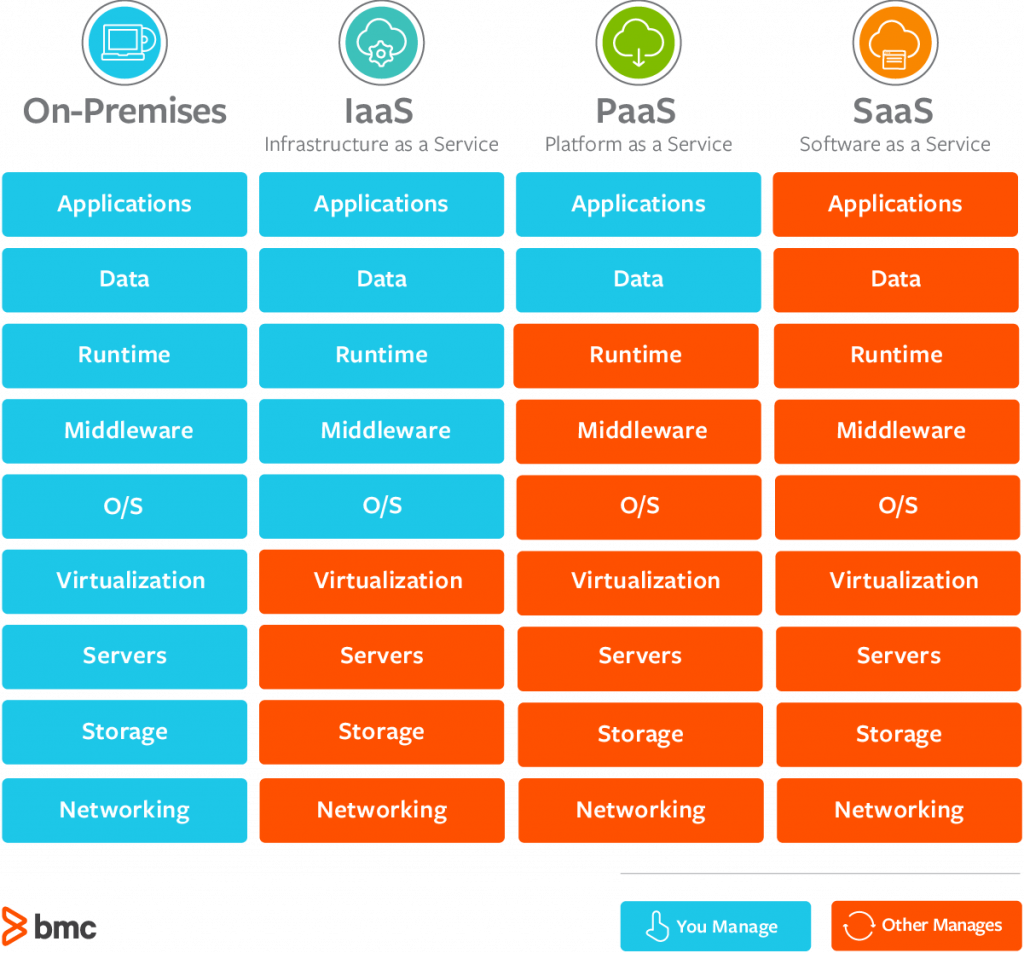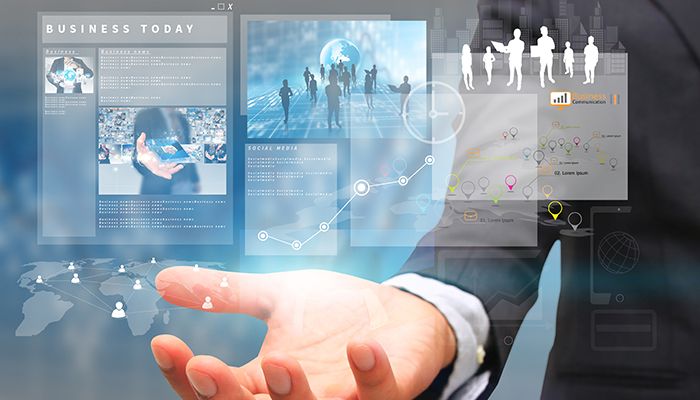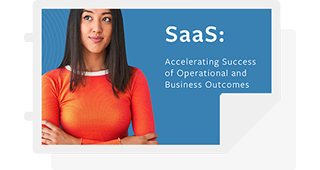The “as-a-Service” model of cloud computing, providing services over the internet, is a trend that continues to gain traction across the globe. Software-as-a-Service (SaaS) offerings are becoming the de facto method for users to access services and products like Adobe Creative Suite and Microsoft Office. Other kinds of offerings are being made available in the same pay-as-you-go business model.
You’ve seen the terms SaaS, PaaS (Platform-as-a-Service), and IaaS (Infrastructure-as-a-Service) plenty of times. Now, a newer concept encompasses these ideas—and more: everything as a service, or XaaS.
In this article, we’ll:
What is XaaS?
XaaS is short for Everything-as-a-Service and sometimes Anything-as-a-Service. XaaS reflects how organizations across the globe are adopting the as-a-Service method for delivering just about, well, everything. (That’s why we’re seeing services like FaaS, BPMaaS, ITaaS, and even ransomware as a service!)
Initially a digital term, XaaS can now apply to the real, non-digital world, too.
Many B2B organizations provide as-a-Service offerings. These offerings are neatly sliced up and portioned out to create customized services that meet the specific needs of each client at a price that makes sense for them. In this way, XaaS could be simply thought of as a combination of SaaS, PaaS, and IaaS offerings.

You wouldn’t be wrong to think that. But you also wouldn’t be getting the full picture of what XaaS means today.
The primary goal of XaaS offerings is to increase the value for the customer. In a XaaS model, you want to convert one-time buyers into service subscribers who receive ongoing benefits from the product. In a XaaS offering, customers should feel that their money is being put to good use—otherwise, as we’ll see below, customers are unlikely to adopt XaaS.
This is where the concept of servitization comes in.
What is servitization?
With the massive success of subscription-based business models, more organizations are looking to get in on the action by leveraging “servitization”—the combination of products and services into a single package.
To succeed, the goal of servitization must be more than just milking more money from customers. Combining services and products together allows organizations to provide customers with greater value than the products or services would provide as standalone offerings.
In many ways, XaaS and the Internet of Things (IoT) are connected. Many consumer-facing organizations are finding ways to integrate data tools into their existing products to provide users with increased value. Rolls-Royce is one such company.
A real XaaS example
Rolls-Royce seeks to provide its customers with a jet engine rental service that helps “customers to maximise the flying potential of their engines.” Through its TotalCare program, Rolls-Royce offers customers a way to off-load the burden of engine maintenance while “reducing waste, increasing efficiency, and enhancing the robustness of our supply chain.”
This XaaS offers long-term jet engine rental contracts wherein the customer “is charged on a fixed $ per flying hour basis…” This arrangement:
- Incentivizes the jet engine maker to maintain the reliability of their products.
- Enables the maker to recover valuable materials from the engines at the end of their life.
Equipped with IoT sensors, their service utilizes advanced analytics that track the performance of the engine throughout its lifetime. This means Rolls-Royce can best maintain operational efficiency for airlines through data-driven, proactive maintenance and optimization. The goal is to cut costs for their customers while also increasing their own profitability and reducing waste.
According to Rolls-Royce, “Up to 95% of a used aero engine can be recovered and recycled. Around half of the materials recovered are of such high quality they can be safely remanufactured for use as new aerospace components, reducing our need to procure raw materials.”
This XaaS option provides obvious benefits to the company:
- Allows the company to retain ownership of the product and thus make use of its valuable materials once it is decommissioned.
- Cuts down on waste—a boon for the planet and great PR for the company at the same time.
And it’s big benefit to the customer? No responsibility for maintenance.
Switching to XaaS
While the possibilities of servitization and increasing your organization’s value proposition through the use of the XaaS model may be tempting, adopting this approach is no simple task. Subscription based business models are gaining momentum.
Still, customers might be resistant to adopt XaaS. The biggest reason why is usually around perceived value. You might have a hard time convincing buyers to rent a toaster from you and subscribe to an analytics platform that uses machine learning to toast different types of bread to the perfect doneness for each person in the house.
Products like the WHOOP Strap seek to servitize fitness devices (think FitBit) by selling customers on a subscription to their analytics platform and giving away the tracking bands for “free”. A move like this does two things:
- Offloads the upfront cost of an exercise tracking band
- Promises to provide more long-term value to the consumer over the product’s life, through the user platform
As you can see, comparing this service to the theoretical XaaS toaster, not all XaaS ideas are created equal.
If the value proposition doesn’t meet the demands of the consumer, maintaining a base of subscribers becomes all but impossible.
XaaS must maximize value
The best way to establish and maintain a XaaS product is to:
- Find ways, online and offline, to maximize the value proposition of your offerings.
- Provide a service that offers unique benefits to your customers .
Utilizing IoT devices and analytics to create a better value proposition is something we’ll be seeing a lot more in the years to come.







